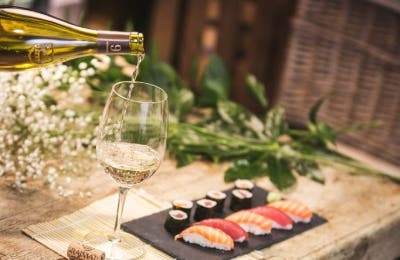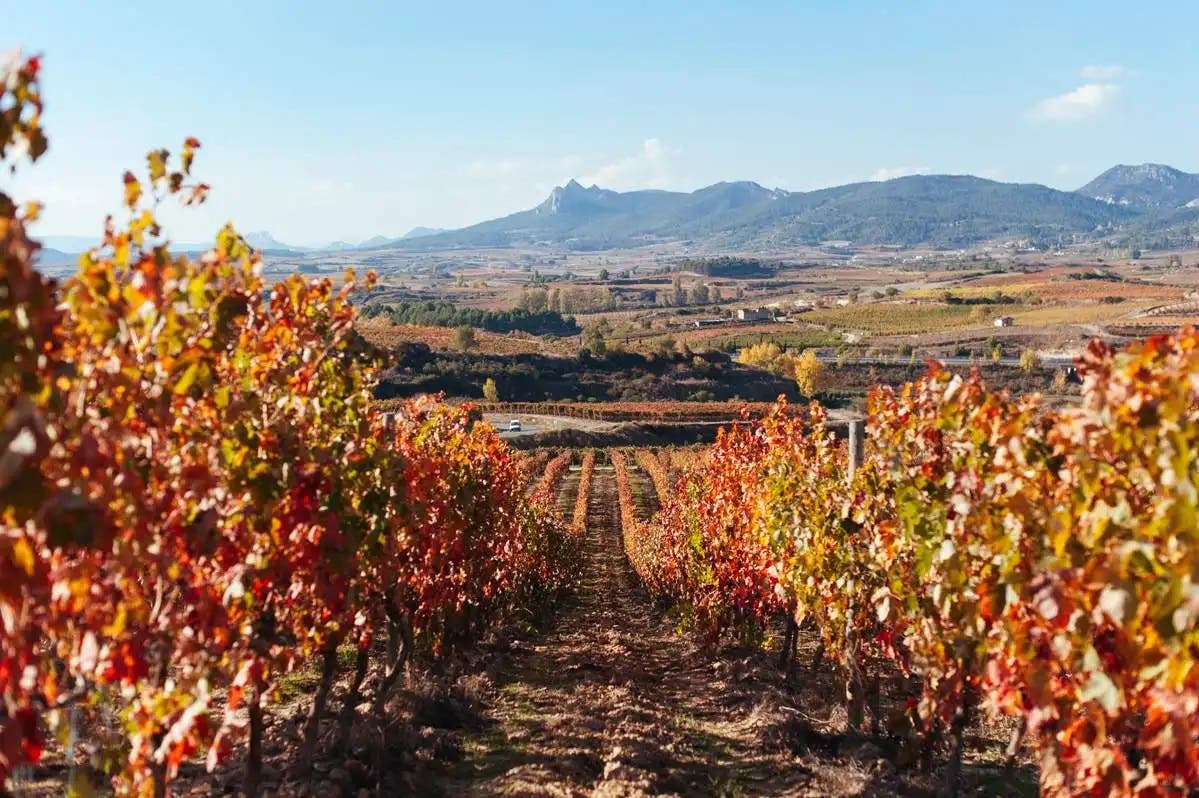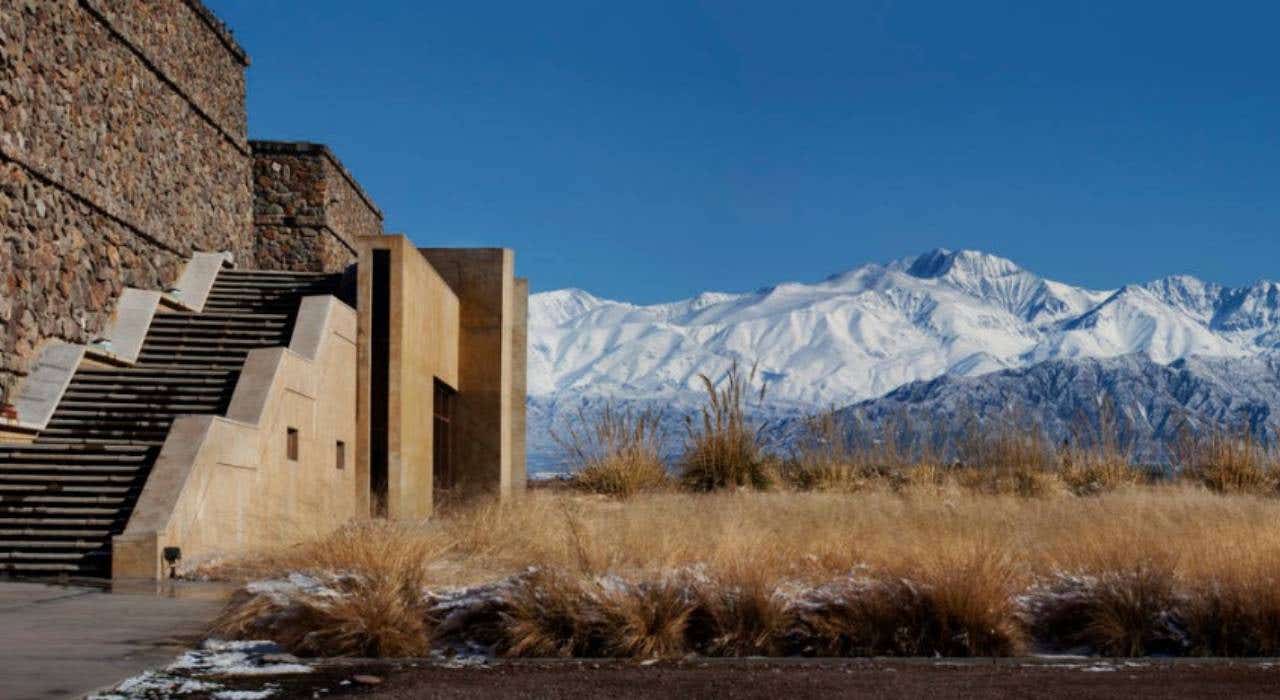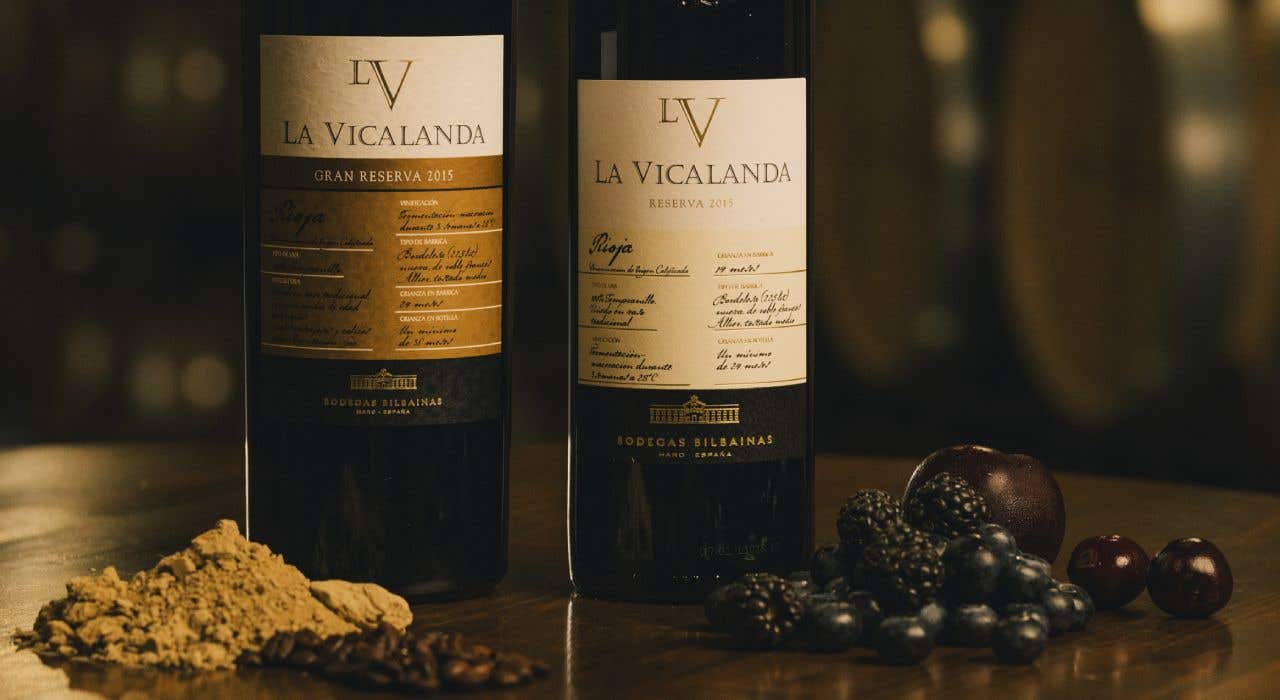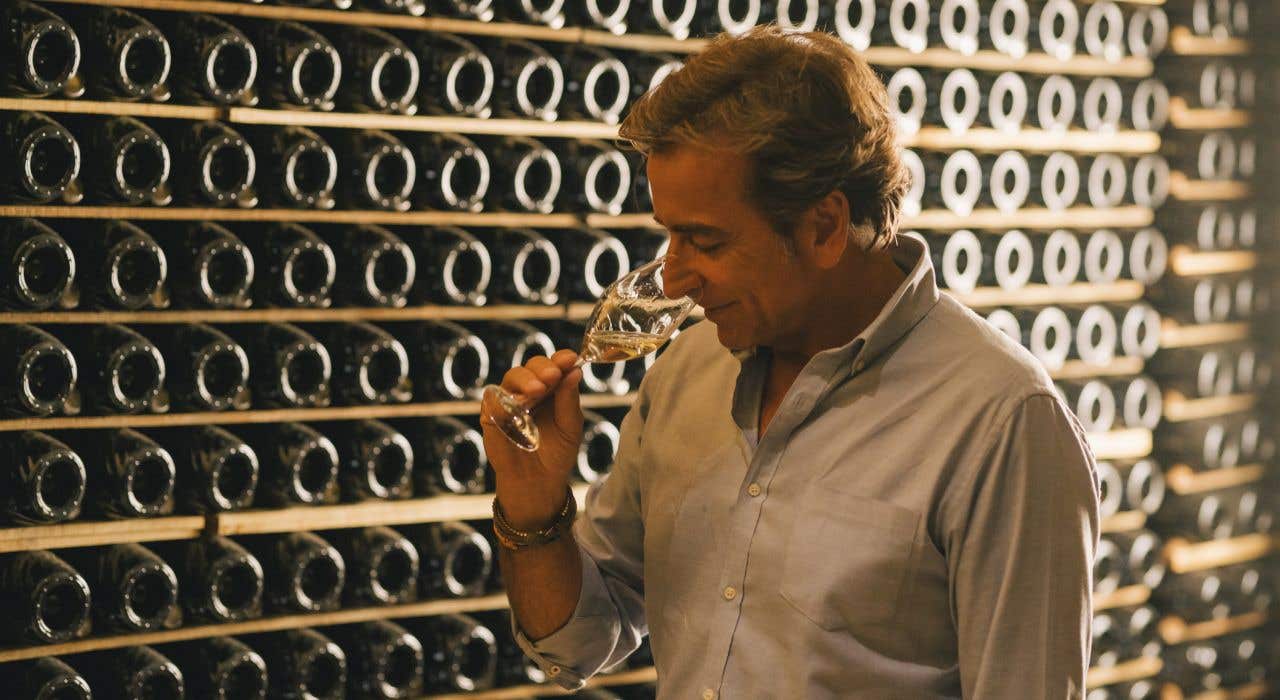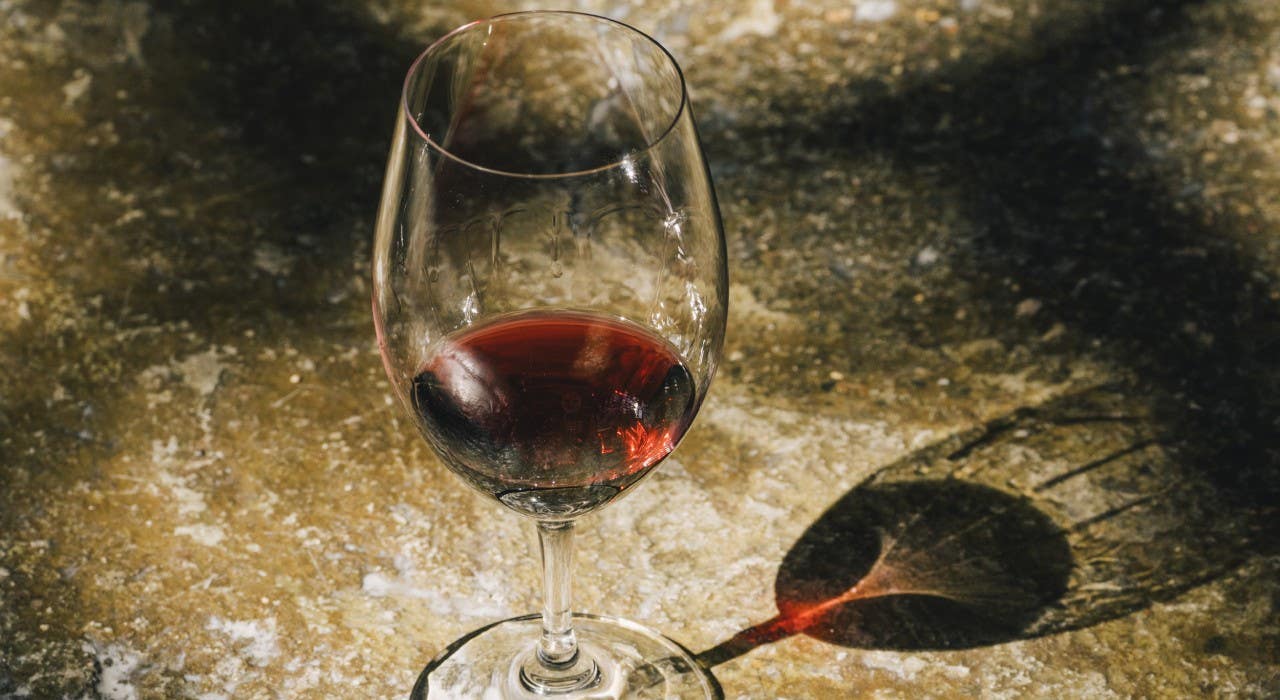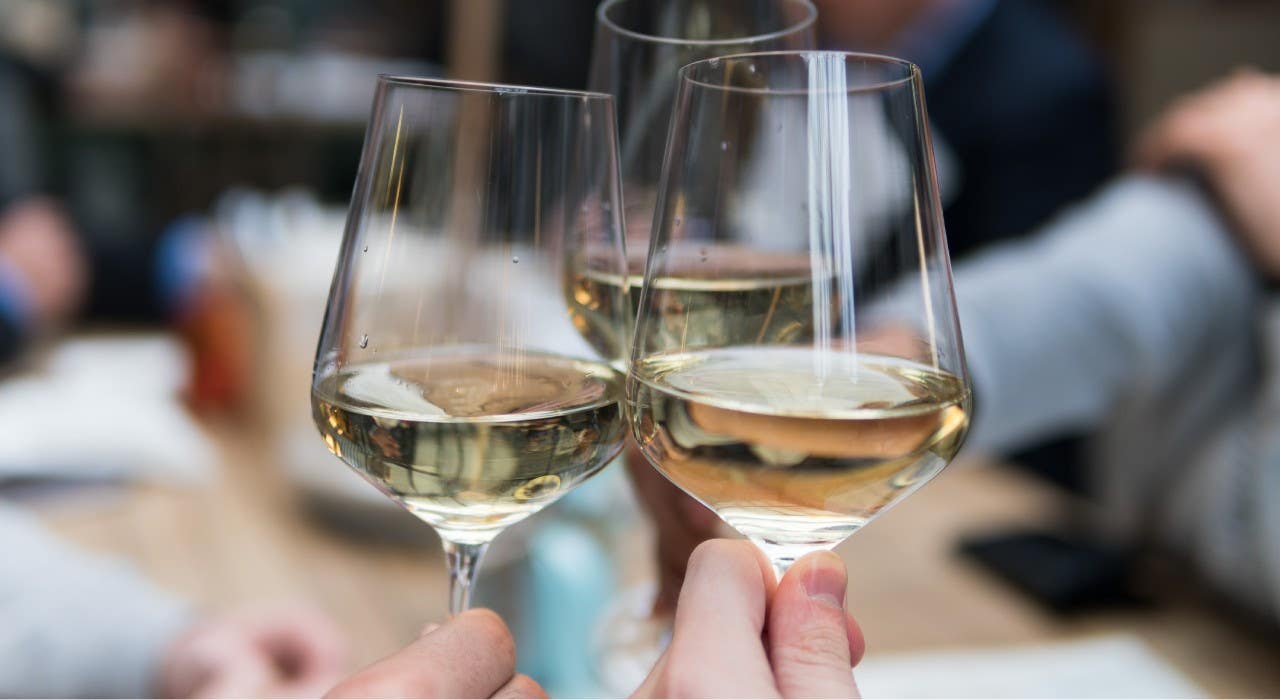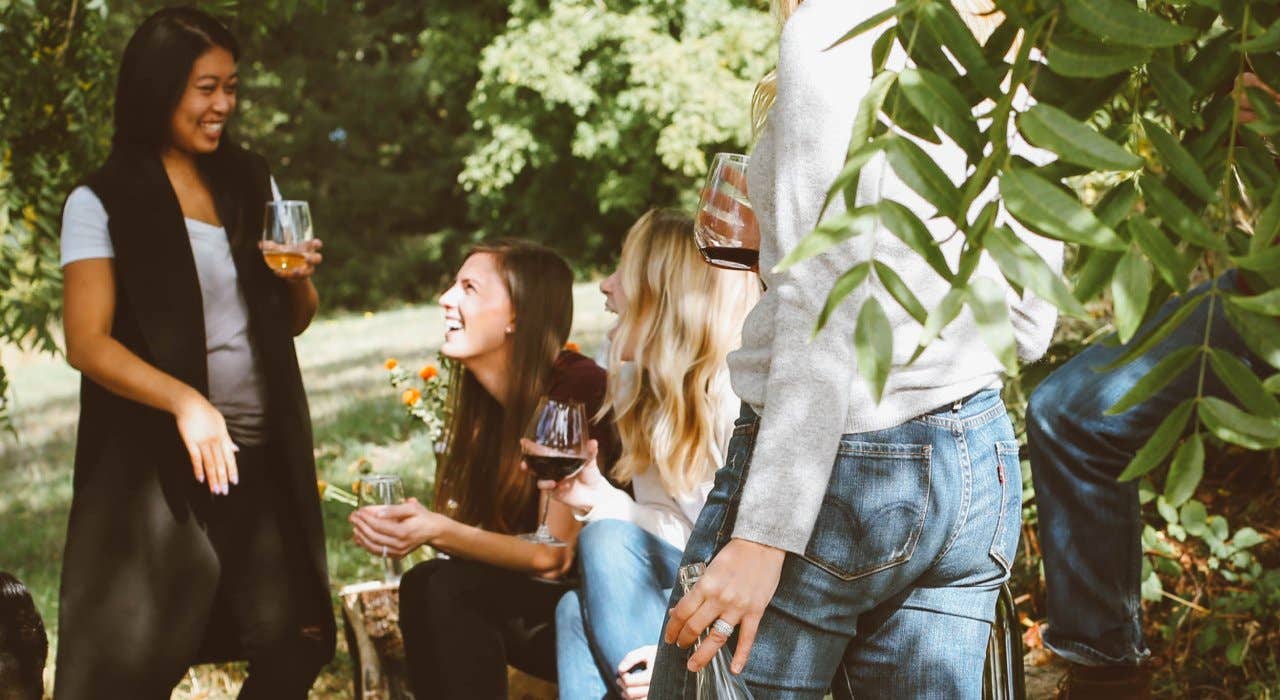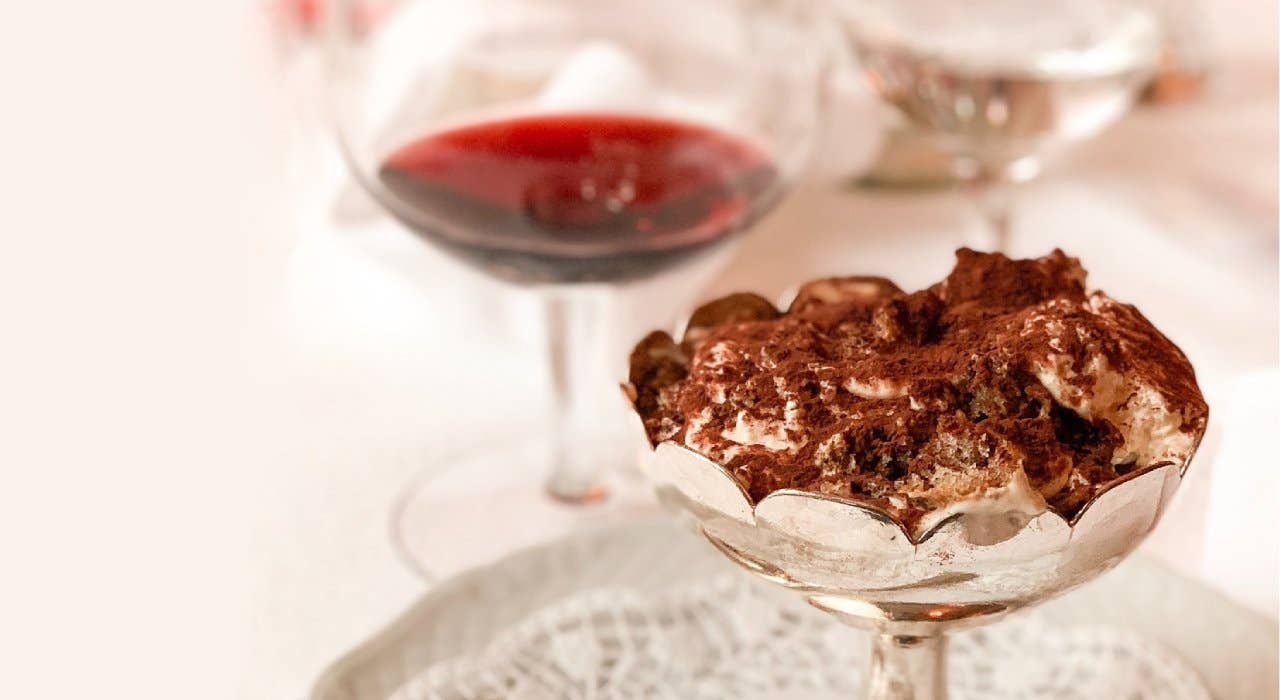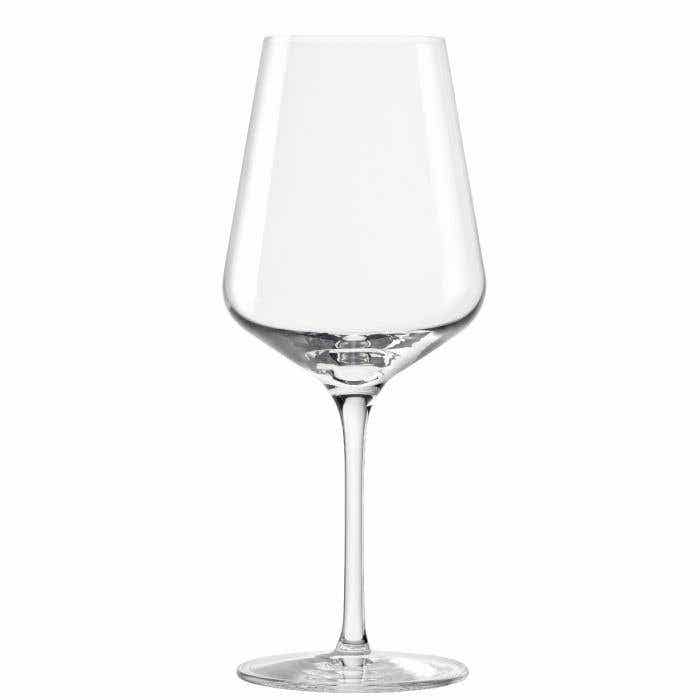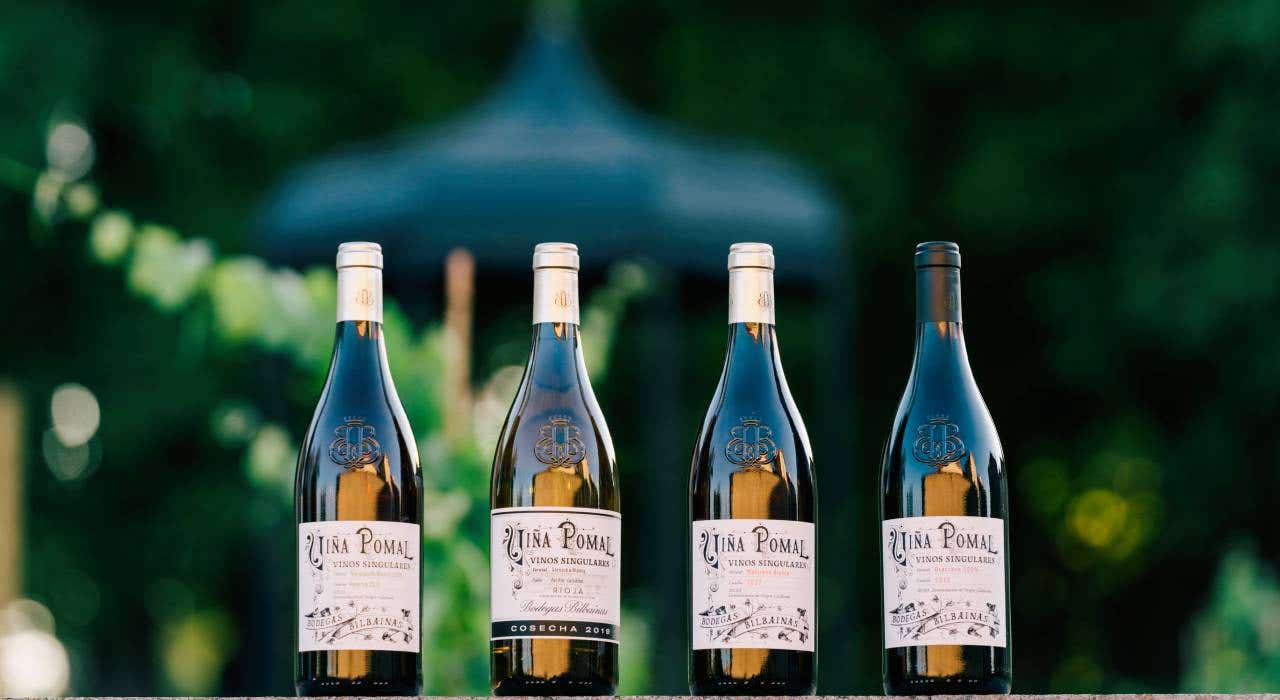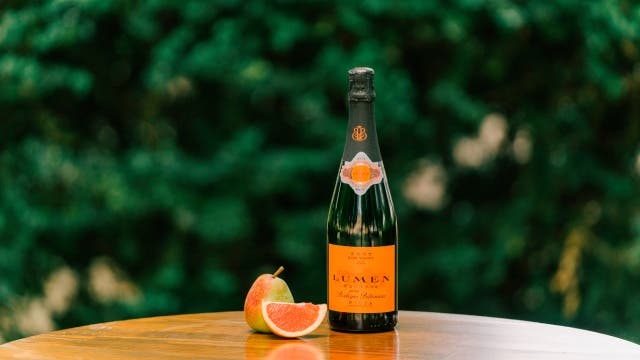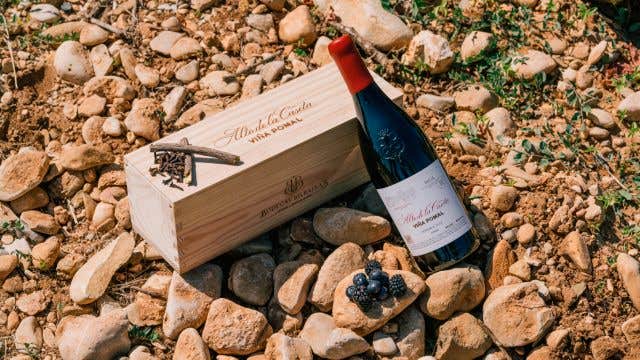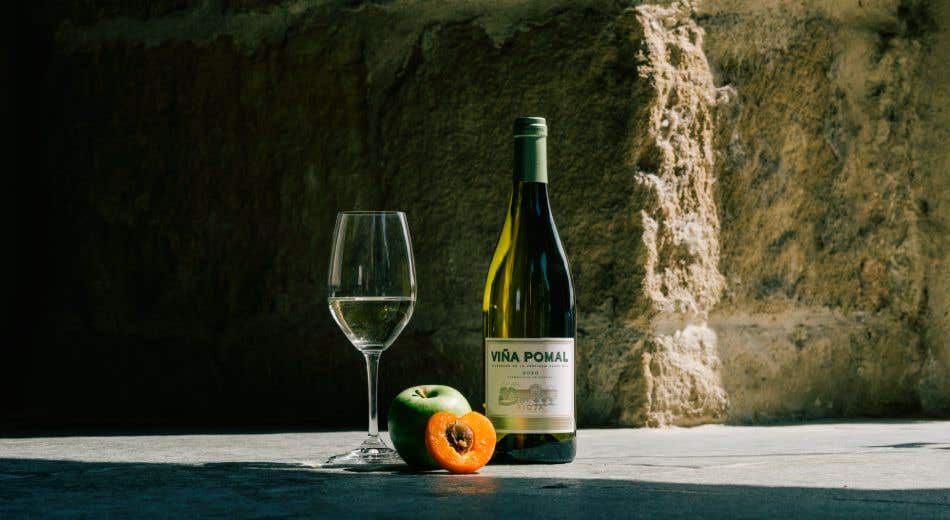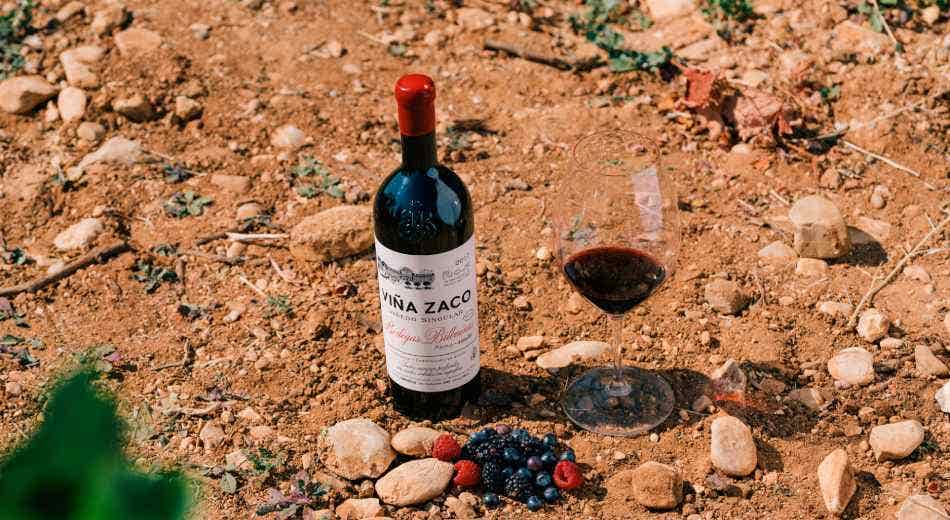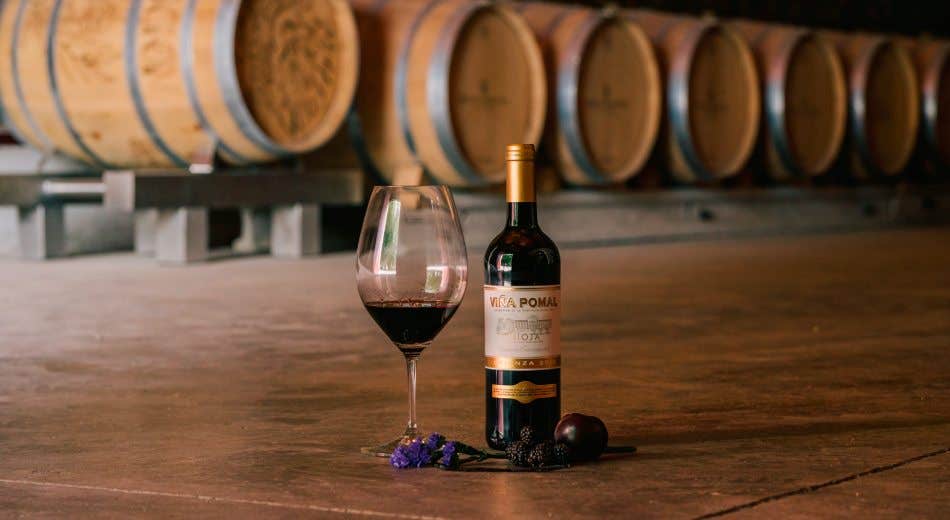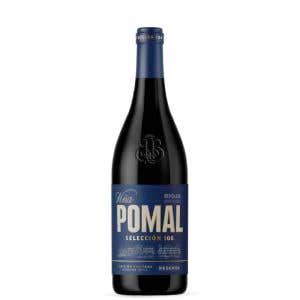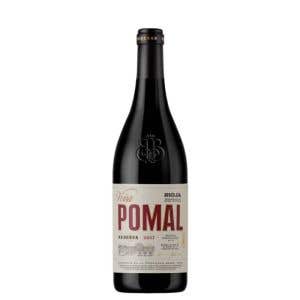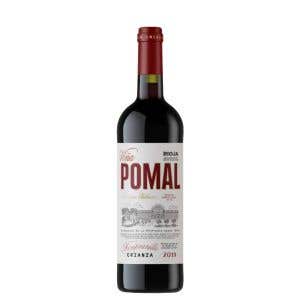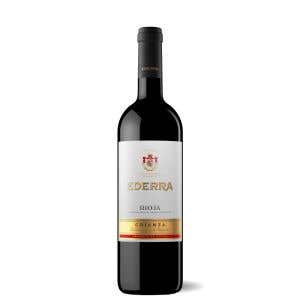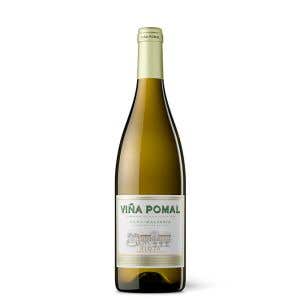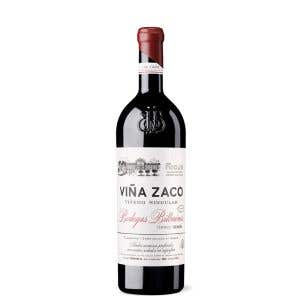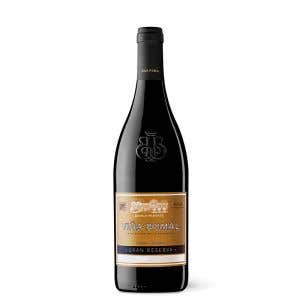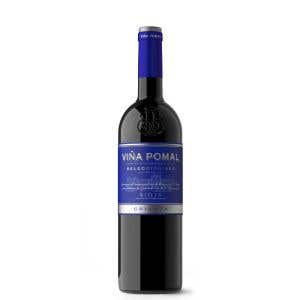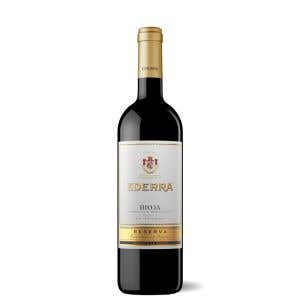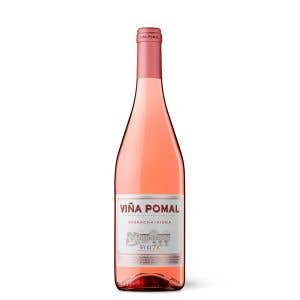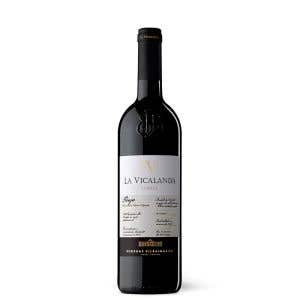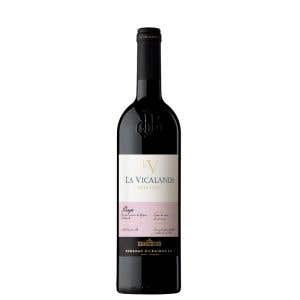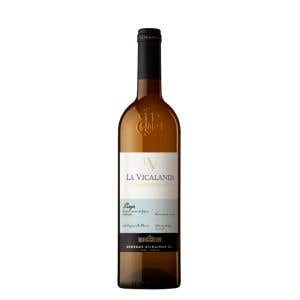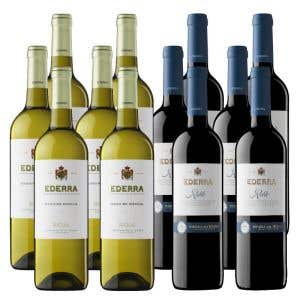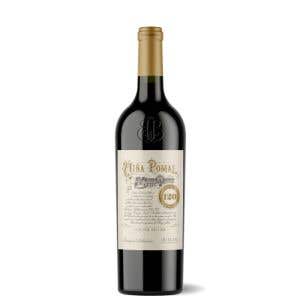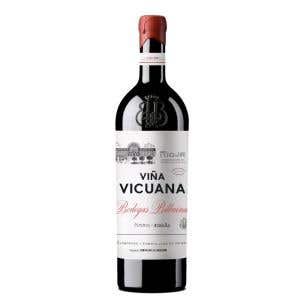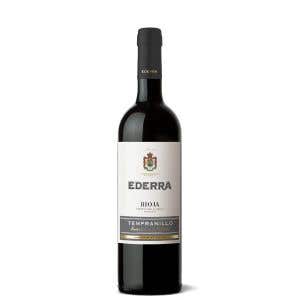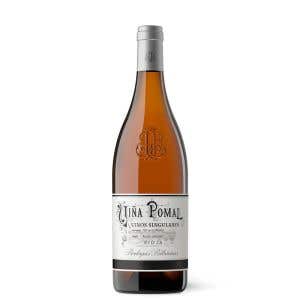Type, origin, and aging argue for the categorization of whites, rosés, reds, and sparkling wines under the Rioja Qualified Designation of Origin (D.O.).
Classification of Rioja wines according to their origin
For still wines (white, rosé, and red), the Regulatory Council of the Rioja D.O. establishes different categories, determined by two criteria: origin and aging. The distinction of wines according to their origin is also a novelty in the official regulations of the D.O. and is intended to highlight the uniqueness of the vineyard of origin, recognize its diversity, and establish qualitative requirements that guarantee quality. So, Rioja currently provides three indications of origin
Sub-regional wines
The territory of the D.O. is divided into three “sub-regions”, also called “zones”: Rioja Alavesa, Rioja Alta, and Rioja Oriental (previously called Rioja Baja).
Municipal wines
The name of the municipality may be mentioned on the label, a significant detail in a region with very diverse terroirs.
Singular Vineyard
This is the great novelty in the categorization of Rioja wine and distinguishes the cuvées, whose exceptional quality is directly related to their origin, a site, or vineyard with highly differentiated characteristics, in terms of terroir and agricultural practices.
For example, the wines of Bodegas Bilbaínas come from the Rioja Alta sub-region, mainly from two specific municipalities, Haro and Villalba de Rioja. The renewed Viña Zaco is the prime example of how this company can reach the market with the qualification of Viñedo Singular.
The aging of Rioja wines
The other criterion that underlies the wine categories in this prestigious denomination is aging, a condition that has traditionally defined wine production in this region and which currently includes four categories:
Generic
Although it includes the youngest wines (first and second year), it also includes others that do not fit into the rest of the categories, even if they have been aged in oak for more or less extensive periods. The initiative of winemakers and winegrowers who prefer to make their wines in a "freer" way, without following the traditional rules of aging in Rioja, is contributing to the incorporation of more and more interesting wines into this category.
15 Bodegas, in fact, offers several wines that belong to this category. For example, the Viña Pomal Blanco 2020, is found among those in the more youthful group; others, like the Viña Pomal Rosé, represent the lineage of the most exceptional wines of the D.O., whose winemaking processes do not fall into the traditional classification.
Crianza
Crianza red wines from Rioja are those that have been aged for a minimum of 12 months in oak barrels. In the case of whites and rosés, this requirement is reduced to 6 months. Viña Pomal Crianza is one of the most award-winning Rioja reds in this category, where we also find Ederra Crianza 2017.
Reserva
In this category, red wines must be aged in oak barrels for at least 12 months, complemented by another 6 months in the bottle. The aging period for Reserva whites and rosés is 24 months, at least 6 of which must be spent in barrels.
Within the product range offered by Bodegas Bilbaínas, Viña Pomal Reserve responds to this category’s most classical profile, while La Vicalanda Reserva 2015has the most expressive profile of the new Riojas. Among the whites Viña Pomal Tempranillo Blanco Reserva 2015, of the Vinos Singulares collection, is distinguished by offering prominence to a very minority variety in the region
Gran Reserva
Traditionally, the best Rioja wines from exceptional vintages are destined for Gran Reserva, which requires aging for 60 months, comprising a minimum of 24 months in barrels and an additional 24 months in bottles. For whites and rosés, the regulations stipulate a total aging of at least 4 years, with 6 months in barrels.
The archetype of these great Rioja wines, according to the most traditional model, is Viña Pomal Gran Reserva 2012, as opposed to the La Vicalanda Gran Reserva 2015, which fits the profile of the so-called "high expression wines".
It is worth noting that the diversity of Rioja wines goes far beyond the categorization we have detailed, because the many nuances, styles, and unique features of the wines of this region don’t necessarily fit the rigor of an official classification. They are probably an intangible value, but undoubtedly a determining factor in the greatness of Rioja wines.
Do you like Rioja wines? In 15 Bodegas you have several wines to delve into this prestigious Qualified Designation of Origin.


